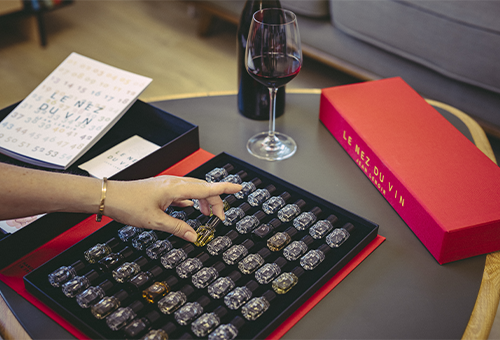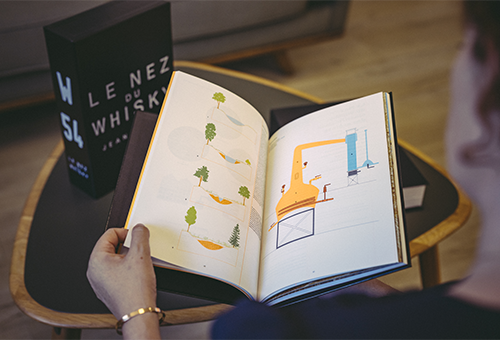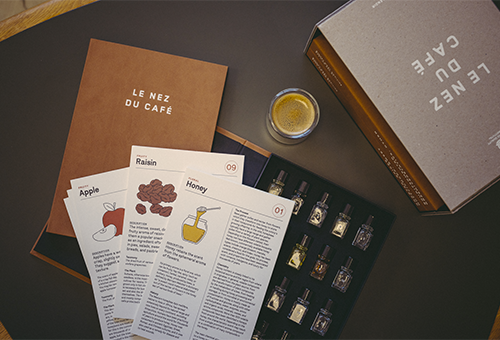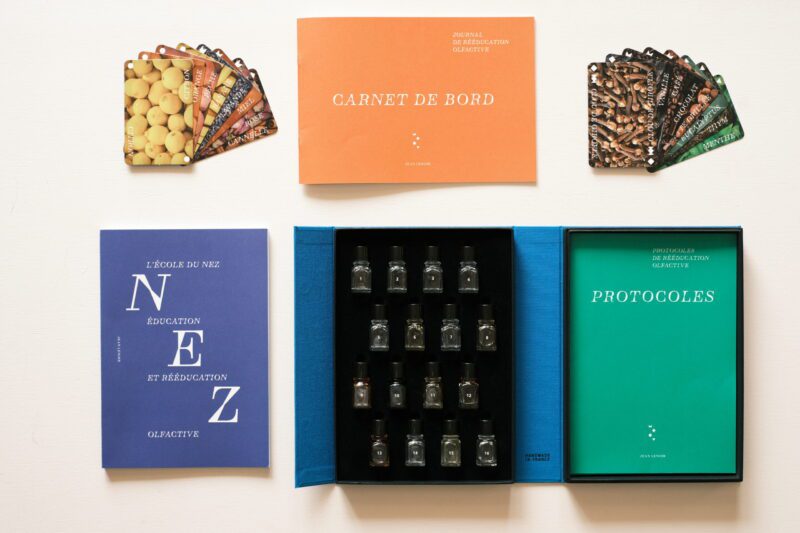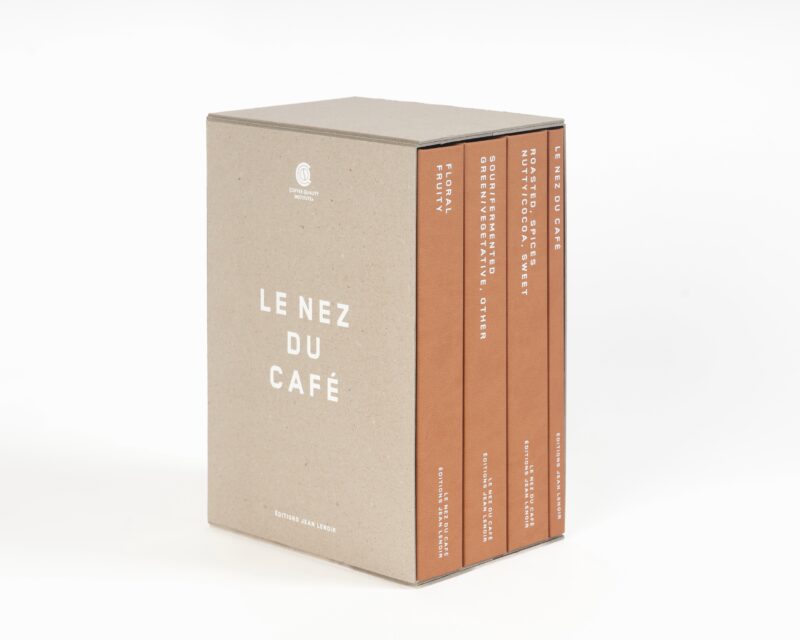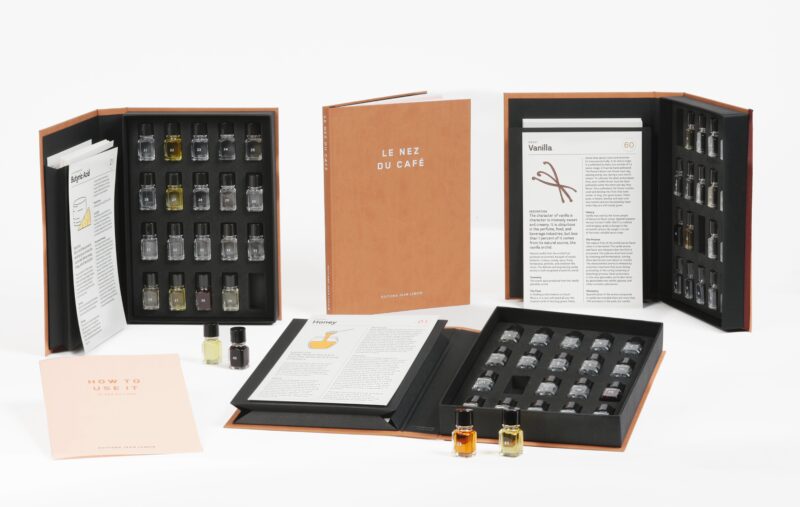A comprehensive 54 aroma kit, 12 aromas of red wines and white wines, wine faults, and wines aged in wood: valuable tools to perfect your olfactory perception
Discover our wine aroma kitsOfficial website of the brands Le Nez du Vin, Le Nez du Café, and Le Nez du Whisky
An international reference for professionals, our aroma kits offer an entertaining and educational experience for all
Suitable for all levels, the kits aim to improve anyone’s olfactory skills and enhance the pleasure of tasting
In the spotlight
Figma ipsum component variant main layer. Stroke group subtract style flatten bold flows fill figjam boolean. Pen ellipse editor select comment italic overflow scrolling invite.
-
L’École du Nez
- 16 original scents specifically formulated to help regain the sense of smell and improve olfactory perception
- An informative book (96 pages) that provides an overview of the mechanisms of the olfactory system and a complete guide to restoring the sense of smell
- A booklet containing the smell rehabilitation protocol
- A smell retraining diary to track progress
- An olfactory memory game with 16 playing cards
99.00 € Inc. VAT -
Le Nez du Café 60 aromas
- 60 high-quality, realistic and long-lasting aromas
- 60 fact sheets that make the link between each aroma and specialty coffees from around the world
- An illustrated and informative book (96 pages) explains the importance of aromas in assessing coffee quality
- An instruction leaflet provides exercises that you can do on your own or with others to train your olfactory memory
419.00 € Inc. VAT
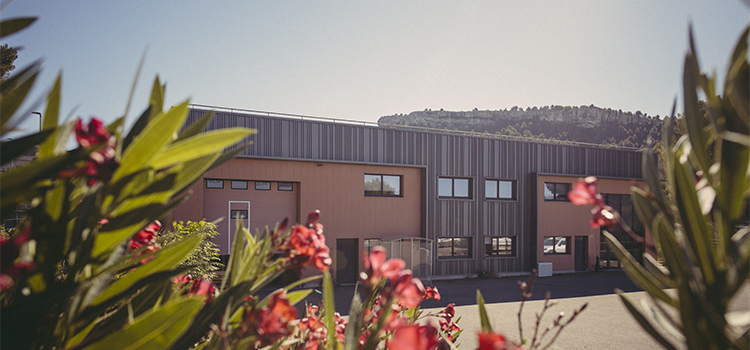

Our aroma kits are made in France, assembled by hand in our workshop in Cassis in Provence before being exported all over the world.
A range of skilled craftspeople apply their expertise to every stage of creation and production, from the design of the kit through the choice of paper to the art of screen-printing.
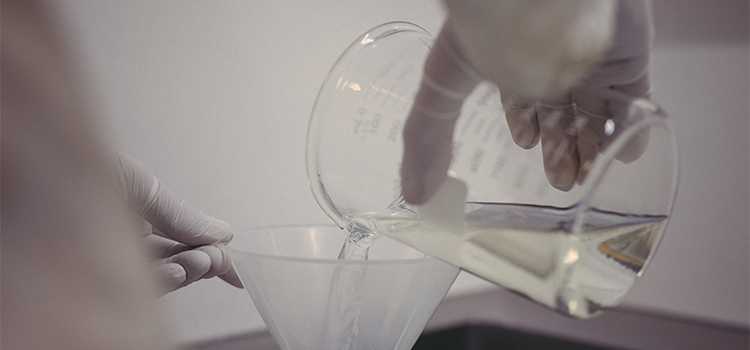
We develop our own aromas, which are the result of careful and continuous analysis.
The strikingly realistic aromas are guaranteed to last for more than five years.
